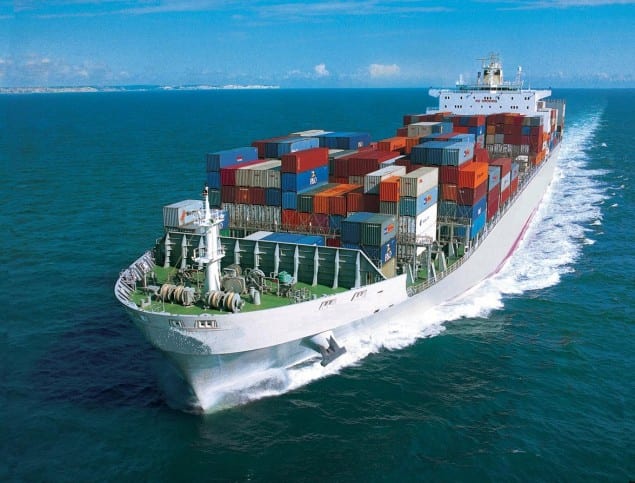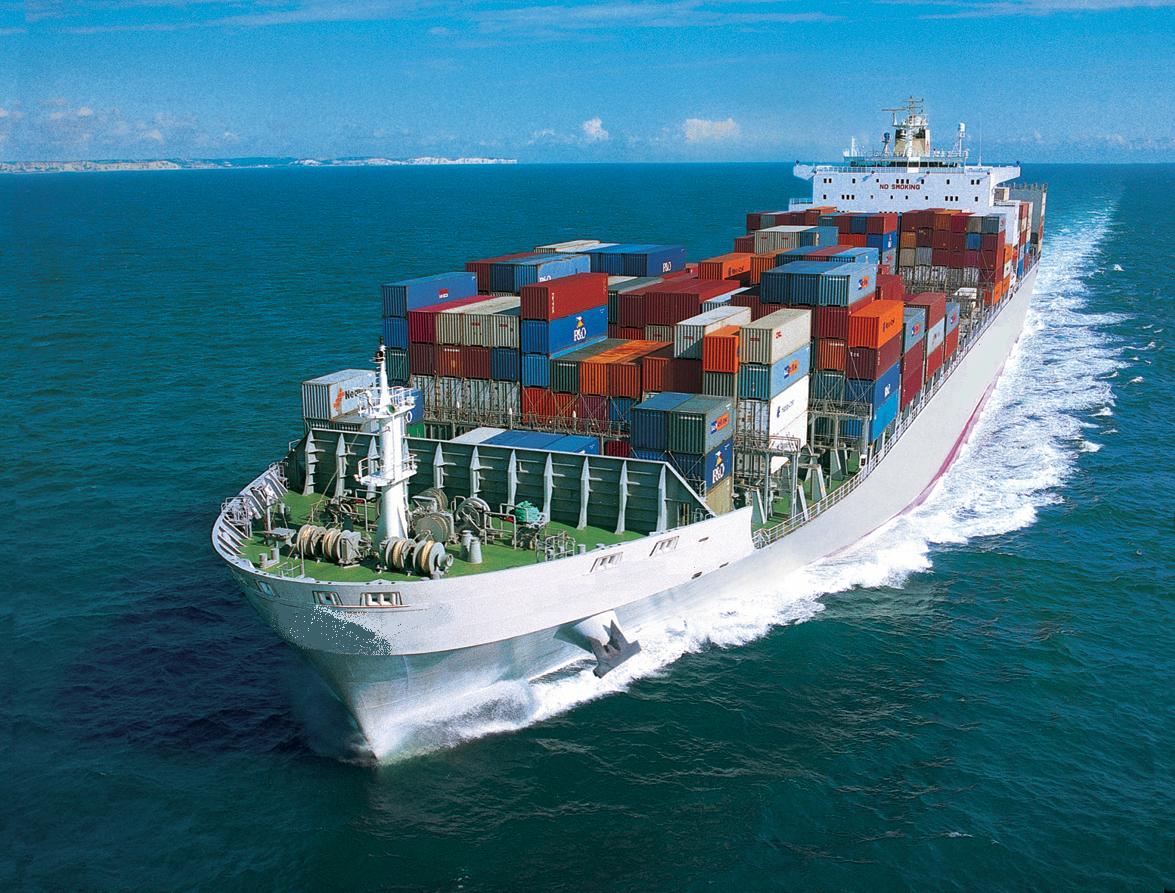
By Mike Wackett (TheLoadstar) Container spot rates on the transpacific have continued to soar as shippers scramble for space to beat 1 September US import tariff hikes.
Anecdotal reports from China suggest carriers are obtaining substantial premiums in return for guaranteed loading of containers.
This week’s Shanghai Containerized Freight Index (SCFI) recorded a further jump in rates from Asia to the US: to the west coast up 8.1% to $2,298 per 40ft and to the east coast up 4.7% to $3,485.
This contrasts with the same week of last year when the SCFI reading for Asia to the US was $1,495 (west coast) and $2,280 (east coast).
At that time transpac spot rates were sliding weekly, despite being in the midst of the peak season, and entered the traditional slack final quarter in a significantly weakened position.
Indeed, by mid-October, rates had fallen to $1,367 and $1,801 per 40ft, respectively for west and east coast ports.
Elsewhere this week, there was a slight dip, 2.7%, in the SCFI rates for Asia to North Europe, down to $933 per teu, and for Mediterranean ports, the SCFI recorded a marginal decrease of 0.8% to $908 per teu.
Again though, rates are healthier than they were a year ago at $886 for North Europe and $791 per teu for the Mediterranean – on the cusp of a significant fall.
Unlike this year, when carriers have already announced blanked sailings for early October around the Chinese Golden Week holiday, last year the shipping lines simply sat on their hands and, as a consequence, rates tumbled dramatically in the fourth quarter.
Looking at the SCFI for 13 October last year spot rates for North Europe had declined to a lowly $686 per teu, while rates for the Mediterranean were down at $652 per teu.
Consequently the depressed spot market influenced the new Asia-Europe annual contract negotiations and carriers were thus unable to mitigate the impact of higher fuel costs in new agreements with BCOs.
Overall today the SCFI consolidated index is much healthier than a year ago, at a reading of 939.48, versus 801.95 12 months ago.
Nevertheless, there are still pockets of extreme volatility on secondary trades. For example, this week the South African component of the SCFI saw a massive jump of 48.4% in spot rates, to $724 per teu, but one year ago spots on this route were at a more respectable $1,394 per teu.
These large swings in freight rates are not only a problem for carriers, but also for shippers, who are unable to confidently factor in freight charges into their price.

 Join The Club
Join The Club












